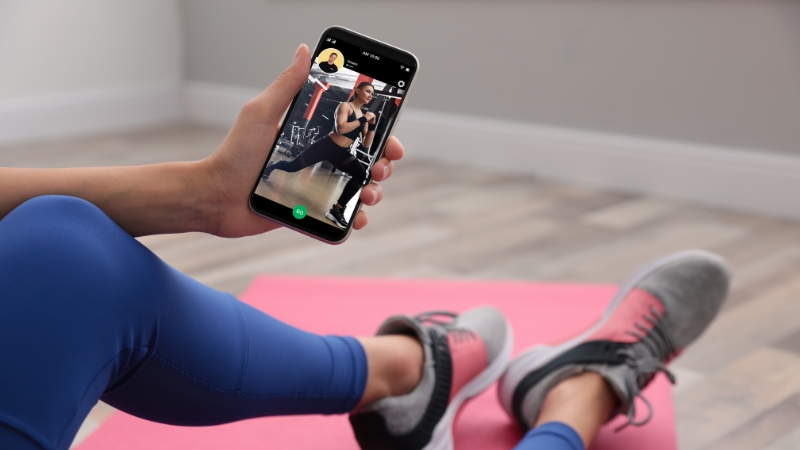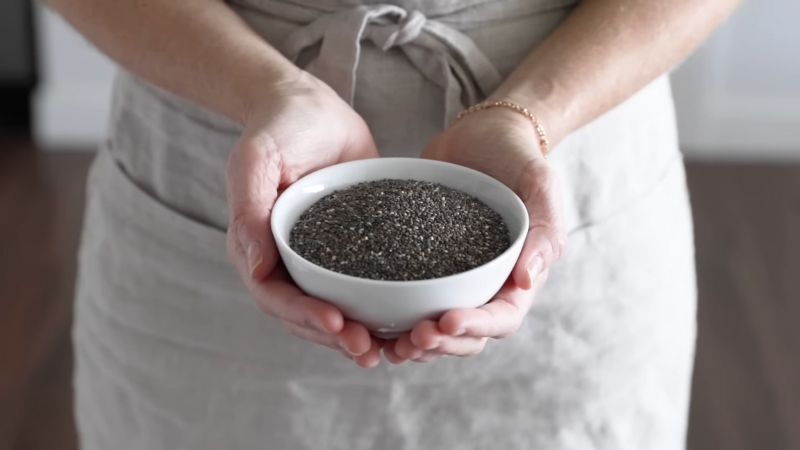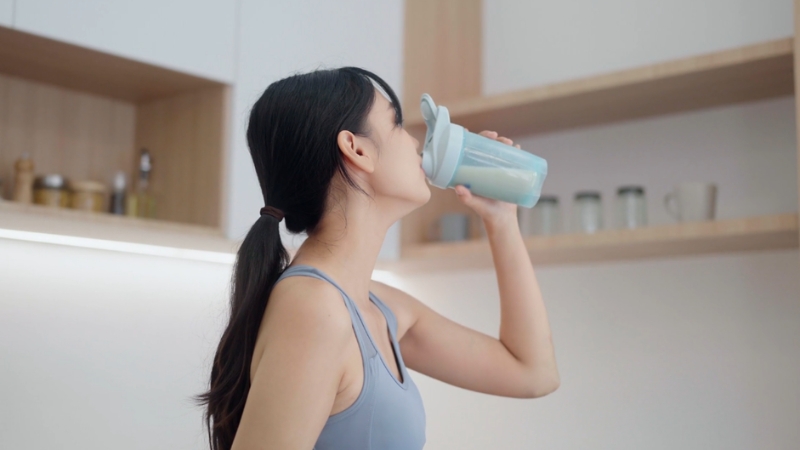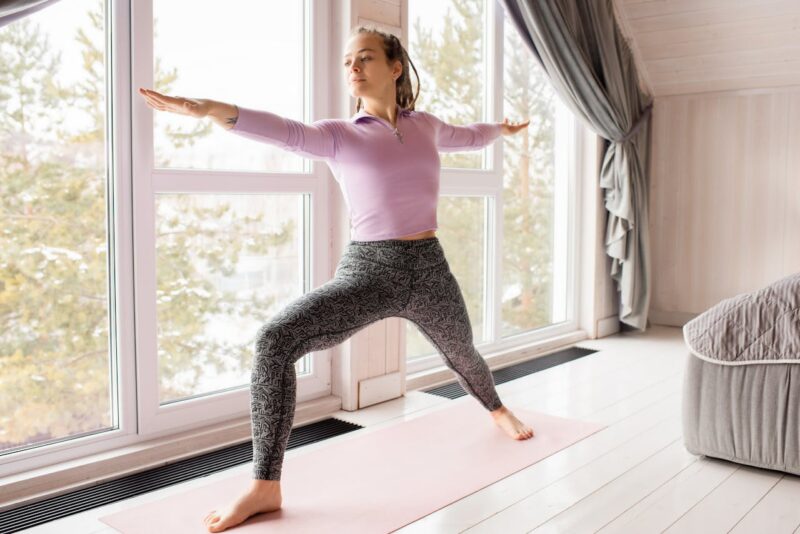
Share Post:
Spending hours seated at a desk can negatively impact posture, circulation, and overall health. Sitting for extended periods often leads to:
- Stiffness
- Muscle weakness
- Fatigue
Staying active throughout the workday helps maintain energy levels, improve circulation, and prevent discomfort.
Among many problems that can come as a result of sitting too much at work, knee pain is one of the most common. By including small movements into a routine, it becomes easier to counteract the effects of prolonged sitting.
The following exercises are simple, require no equipment, and can be done discreetly at a desk.
1. Seated Leg Lifts
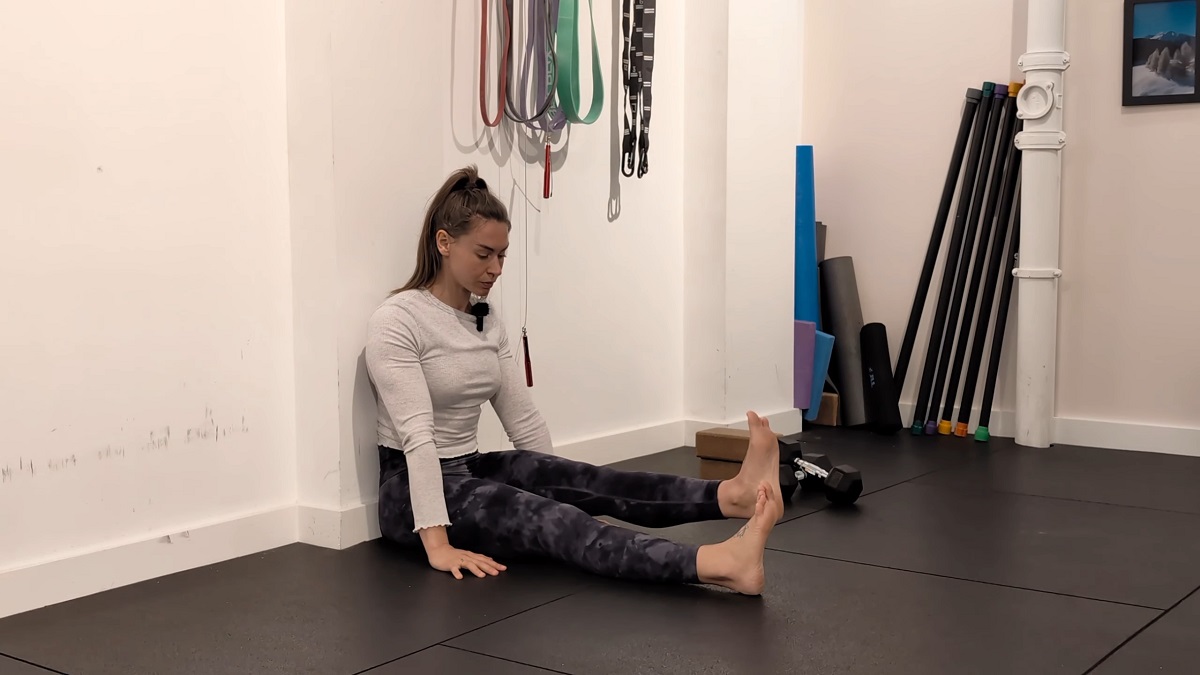
Remaining seated for hours can cause blood flow to slow, leading to stiffness in the lower body.
Seated leg lifts offer a practical way to engage muscles and promote circulation without leaving the chair.
How to do it:
- Sit with your back straight and both feet flat on the floor.
- Extend one leg out straight, keeping it elevated for a few seconds.
- Slowly lower it back down and switch to the other leg.
- Repeat this movement 10–15 times for each leg.
Benefits:
-
- Strengthens quadriceps and hip flexors.
- Enhances blood flow, reducing the risk of swelling in the feet and ankles.
- Improves core stability, as engaging abdominal muscles helps maintain balance.
Performing these leg lifts periodically keeps the lower body engaged while working, making it easier to stay comfortable throughout the day.
2. Calf Raises
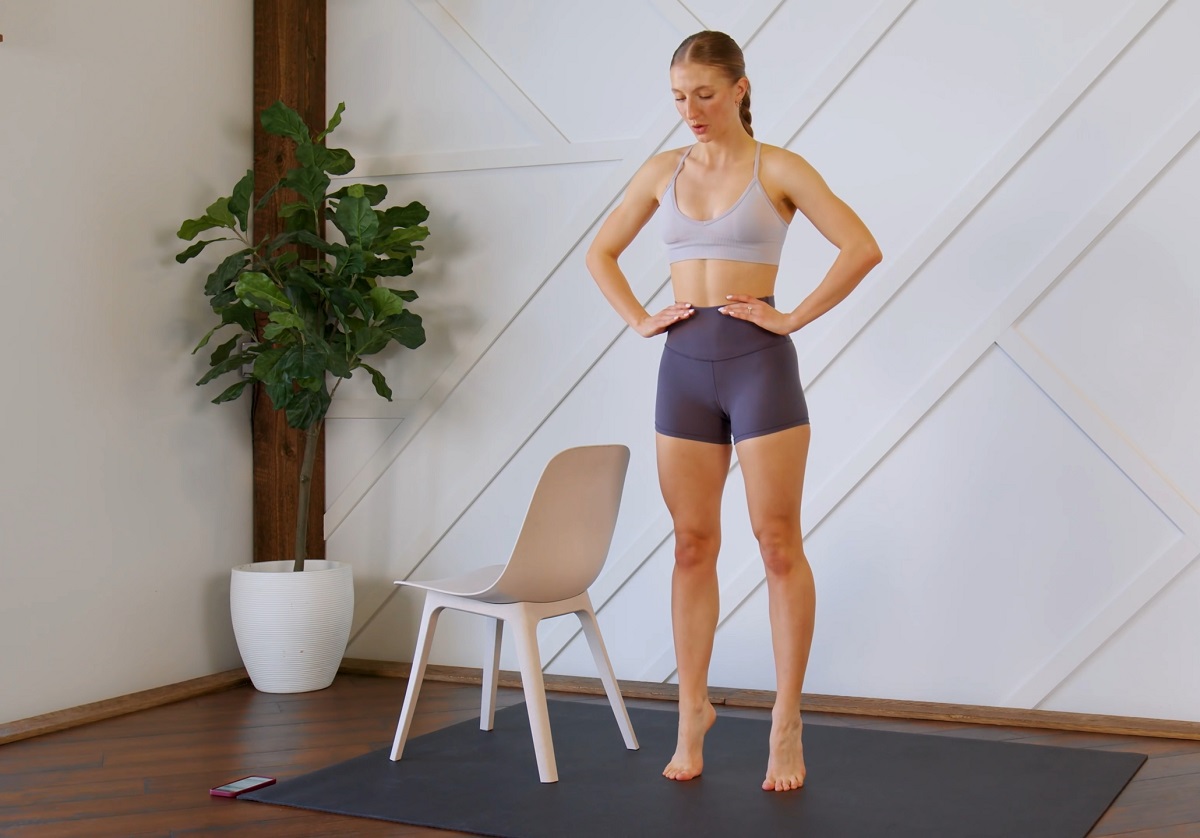
Sitting still for long periods often leads to tight calf muscles and poor circulation. Calf raises help to counteract this by promoting blood flow and strengthening lower leg muscles.
How to do it:
-
- Stand up with feet hip-width apart, keeping hands lightly on a desk for support.
- Slowly rise onto the balls of your feet, lifting your heels off the ground.
- Hold for a second before lowering back down.
- Repeat 15–20 times.
Benefits:
-
- Strengthens calf muscles, helping with ankle stability.
- Prevents stiffness and swelling in the lower legs.
- Encourages better circulation, reducing the risk of cramping.
This exercise can be performed while reading emails or during short breaks to keep your legs active.
3. Shoulder Shrugs and Rolls
Many people carry tension in their shoulders without realizing it. Long hours at a desk often lead to tightness in the neck and upper back. Shoulder shrugs and rolls provide a quick way to ease discomfort.
How to do it:
- Sit or stand with your back straight.
- Lift both shoulders toward your ears, hold for a moment, then relax them down.
- Repeat 10 times.
- For rolls, move shoulders in a circular motion forward, then backward, for another 10 repetitions.
Benefits:
-
- Relieves tension in the neck and shoulders.
- Encourages better posture by reducing stiffness.
- Prevents headaches caused by muscle strain.
Performing these movements a few times daily helps maintain comfort while working.
4. Neck Stretches

Looking at a screen for extended periods can cause strain in the neck and shoulders. Simple stretches help release tension and improve mobility.
How to do it:
- Sit tall and slowly tilt your head to one side, bringing your ear toward your shoulder.
- Hold the position for a few seconds before switching sides.
- Tilt your head forward, bringing your chin toward your chest, and hold.
- Repeat the movements a few times.
Benefits:
-
- Reduces stiffness caused by screen time.
- Helps prevent neck and upper back pain.
- Enhances flexibility in the cervical spine.
Regularly stretching the neck improves comfort and posture throughout the day.
5. Desk Push-Ups
Strengthening the upper body is possible without leaving the desk. Desk push-ups provide a simple way to engage the arms, shoulders, and chest.
How to do it:
- Place hands shoulder-width apart on the edge of a sturdy desk.
- Step back slightly, keeping your body in a straight line.
- Lower your chest toward the desk, then push back up.
- Repeat 10–15 times.
Benefits:
-
- Builds arm, chest, and shoulder strength.
- Engages the core, improving stability.
- Promotes better posture and muscle endurance.
This exercise is a quick way to activate upper body muscles during the workday.
6. Seated or Standing Torso Twists
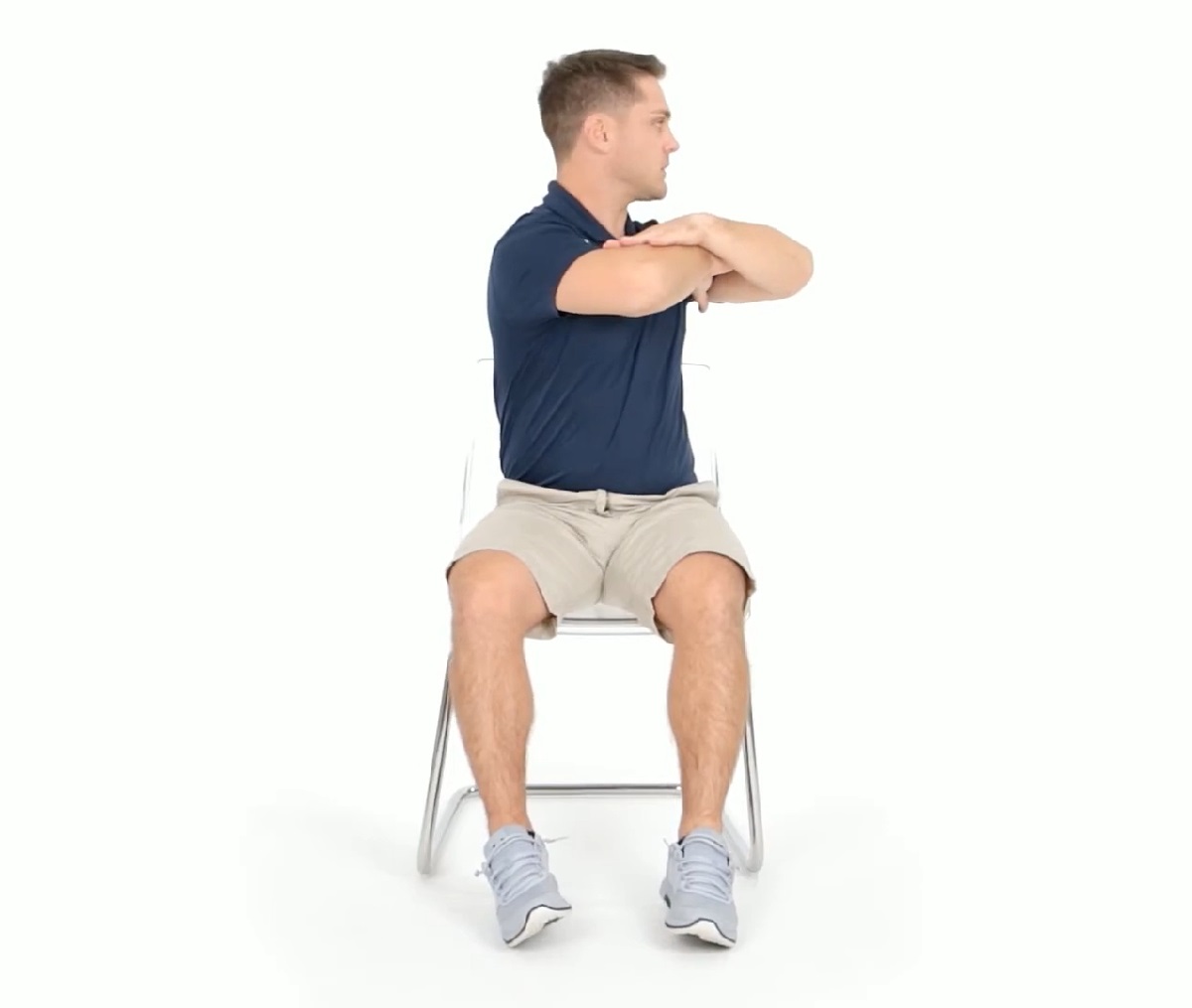
A lack of movement can lead to spinal stiffness. Torso twists help maintain flexibility and improve posture.
How to do it:
- Sit upright with feet flat on the floor.
- Place one hand on the opposite knee and gently twist your torso in that direction.
- Hold for a few seconds before switching sides.
- Repeat 10 times per side.
Benefits:
-
- Enhances spinal mobility.
- Reduces tension in the lower back.
- Encourages better posture by engaging core muscles.
Adding this movement throughout the day prevents stiffness caused by prolonged sitting.
7. Glute Squeezes
Sitting for long periods can weaken lower body muscles. Engaging the glutes periodically helps counteract muscle inactivity.
How to do it:
- While seated, squeeze your glute muscles as tightly as possible.
- Hold for a few seconds, then release.
- Repeat 10–15 times.
Benefits:
-
- Strengthens the glutes and prevents muscle loss.
- Improves circulation in the lower body.
- Can be done discreetly while working.
A simple but effective way to keep muscles engaged while seated.
8. Standing Quadriceps Stretch
Sitting tightens the quadriceps, leading to stiffness. Stretching keeps the muscles loose and prevents discomfort.
How to do it:
- Stand and pull one foot toward your glutes, holding your ankle.
- Keep the knee pointing downward and hold for a few seconds.
- Switch legs and repeat.
Benefits:
-
- Improves leg flexibility.
- Reduces stiffness in the thighs.
- Helps prevent discomfort caused by prolonged sitting.
A great way to maintain lower body flexibility during the day.
9. Chair Squats
Engaging leg muscles throughout the day helps with circulation and strength. Chair squats are an easy way to stay active without leaving the workstation.
How to do it:
- Stand in front of your chair with feet shoulder-width apart.
- Lower yourself until you hover just above the seat, then stand back up.
- Repeat 10–15 times.
Benefits:
-
- Engages core and leg muscles.
- Encourages better posture.
- Helps maintain lower body strength.
Chair squats are a simple way to activate muscles throughout the day.
10. Marching or Jogging in Place
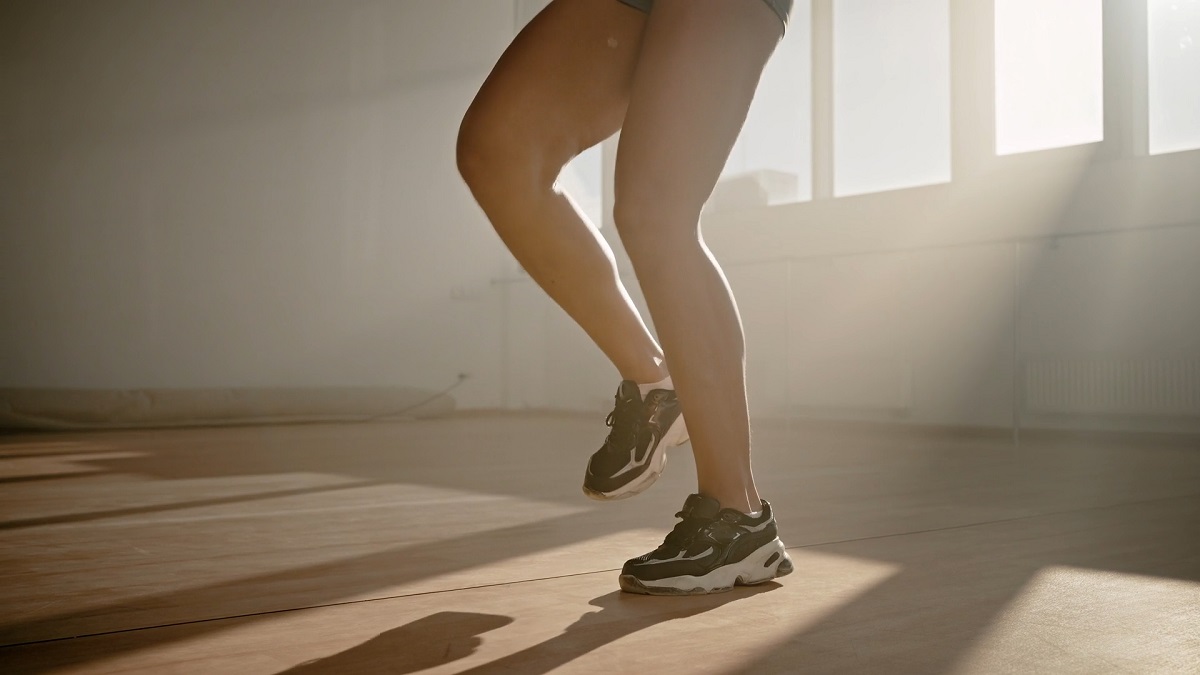
A brief burst of movement can boost energy levels. Marching or jogging in place gets the blood flowing and improves alertness.
How to do it:
- Stand up and march in place, lifting your knees high.
- Increase intensity with a light jog if space allows.
- Continue for 30 seconds.
Benefits:
-
- Increases heart rate and energy levels.
- Helps counteract fatigue caused by sitting.
- Encourages better circulation.
A simple but effective way to add movement throughout the workday.
The Bottom Line
Small movements can have a significant impact on health. Regular activity helps prevent stiffness, improves circulation, and supports long-term well-being.
Setting reminders to stretch and move throughout the day ensures consistency.
Staying active at a desk doesn’t require major effort—just small, intentional movements that add up over time.
Related Posts:
- Simple Training Tips for Adults Over 50 Who Want to…
- How to Stay Active and Strong in 60s Without Overdoing It
- Embracing Fitness After 60 - How to Stay Active and Healthy
- 10 Simple Face Exercises That Women Over 40 Follow…
- Top 12 Exercises That Help Women Over 40 Stay Lean…
- How Group Fitness Helps You Stay Out of Your Head



